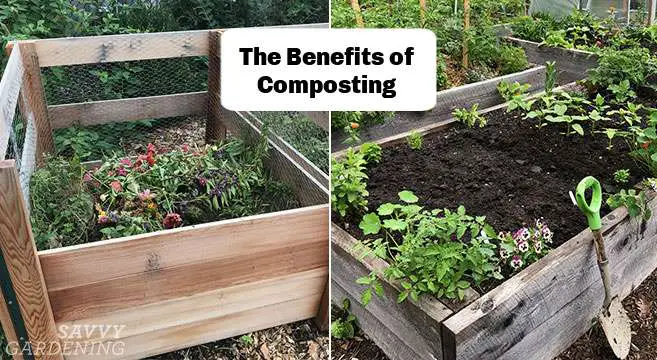Hello there! In this article, we’re going to discuss whether composting on top of soil is beneficial for gardening. We’ll explore the concept of off-grid living and how it relates to gardening practices. Additionally, we’ll delve into the advantages and potential drawbacks of putting compost on top of the soil. By the end, you’ll have a clear understanding of whether this method is suitable for your gardening needs. So let’s get started and find out if composting on top of soil is a good idea for your garden!
Is Composting on Top of Soil Beneficial for Gardening?
Introduction
Gardening enthusiasts are often on the lookout for effective and sustainable ways to improve their soil quality and enhance plant growth. One such method that has gained significant popularity is composting. Composting involves the decomposition of organic waste materials, such as food scraps, leaves, and grass clippings, to create nutrient-rich compost. While the traditional method of incorporating compost into the soil is well-known, there is growing interest in a different approach – composting on top of soil. In this article, we will explore the benefits, methods, precautions, and case studies associated with composting on top of soil, and examine whether it is indeed beneficial for gardening.
Benefits of Composting
Before delving into the specifics of composting on top of soil, it is essential to understand the overall benefits of composting. Composting offers numerous advantages for gardeners, leading to improved soil quality, increased nutrient availability, and enhanced water retention.
Improved Soil Quality
Compost is often referred to as “black gold” due to its ability to enrich the soil. It enhances soil structure by improving its crumbly texture, thus providing a favorable environment for root growth and better air circulation. The organic matter in compost helps prevent soil erosion and compaction, making it easier for plants to establish a healthy root system.
Increased Nutrient Availability
Composting is a natural way to replenish nutrients in the soil. As organic waste decomposes, it releases essential nutrients like nitrogen, phosphorus, and potassium. These nutrients become readily available for plant roots to absorb, promoting healthy growth, vibrant foliage, and abundant blooms. Compost also contains micronutrients that may not be present in typical synthetic fertilizers, making it a valuable addition to any garden.
Enhanced Water Retention
Water is crucial for plant growth, and compost can significantly improve the water-holding capacity of soil. Compost acts as a sponge, absorbing and retaining water, preventing it from quickly draining away. This can be particularly beneficial in arid regions or during dry spells, as it helps plants access moisture for longer periods, reducing the need for supplemental irrigation.
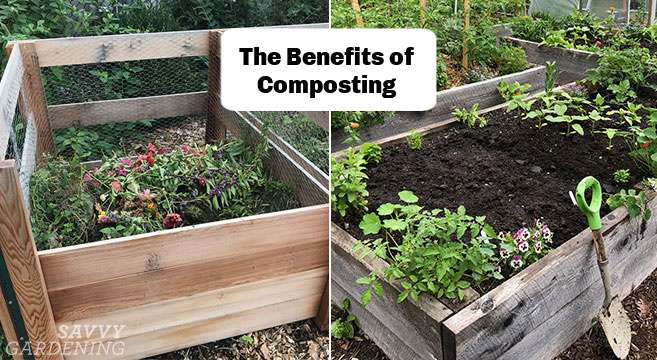
Methods of Composting
Now that we understand the benefits of composting, let’s explore the various methods available for gardeners to create compost.
Traditional Composting
Traditional composting involves the decomposition of organic waste material in a designated compost bin or pile. The process involves layering carbon-rich “browns,” such as dried leaves or straw, with nitrogen-rich “greens,” such as kitchen scraps or grass clippings. Turning the compost pile regularly helps aerate it, facilitating the breakdown of organic matter and speeding up the decomposition process. It typically takes several months to a year to obtain nutrient-rich compost using this method.
Vermicomposting
Vermicomposting is an alternative composting method that utilizes worms to break down organic waste. Redworms, such as Eisenia fetida, are commonly used for vermicomposting. These worms consume organic material, passing it through their digestive system and excreting nutrient-rich castings, also known as worm castings. Vermicomposting can be done indoors or outdoors in specialized bins, and it offers the advantage of faster decomposition compared to traditional composting. The resulting worm castings are highly fertile and contain beneficial microorganisms.
Bokashi Composting
Bokashi composting is a fermentation process that involves the use of beneficial microorganisms to break down organic waste. The waste is placed in an airtight container along with an inoculated bran, usually consisting of effective microorganisms (EM) or beneficial bacteria and yeasts. The fermentation process preserves the organic matter while converting it into nutrient-rich compost. Bokashi composting is a relatively quick method, taking a few weeks to several months, and it is especially suitable for apartment dwellers or those with limited outdoor space.
Composting on Top of Soil
Now we come to the crux of the matter – composting on top of soil. This method deviates from the traditional practice of incorporating compost into the soil and involves layering compost directly on top of the existing soil.
Definition and Process
Composting on top of soil, also known as top composting or sheet composting, is a technique where organic matter is spread evenly on the ground surface, typically around existing plants or in preparation for new plantings. The compost materials gradually break down through natural processes, enriching the soil underneath and providing essential nutrients for plant growth. This method mimics the natural decomposition processes that occur in forests and other ecosystems.
Advantages of Top Composting
Composting on top of soil offers several advantages for gardeners, making it an attractive option for many.
- Ease of Application: Top composting is relatively simple and requires minimal effort to implement. Gardeners can spread compost over the soil surface without the need for extensive tilling or digging.
- No Soil Disturbance: By avoiding deep tilling or turning of the soil, top composting preserves the existing soil structure and its beneficial microorganisms. This can result in healthier soil and better plant growth.
- Slow Release of Nutrients: Compost applied on top of the soil gradually releases nutrients over time, providing a consistent supply to plants. This slower release helps prevent nutrient leaching and reduces the risk of nutrient imbalances.
- Improved Soil Moisture: Top composting forms a layer that acts as a natural mulch, helping to conserve soil moisture by reducing evaporation. It also shields the soil from temperature extremes caused by direct sunlight, allowing for more stable growing conditions.
Overall, top composting can simplify the gardening process while yielding desirable results. However, it is essential to consider the potential impact on soil microorganisms before adopting this method.
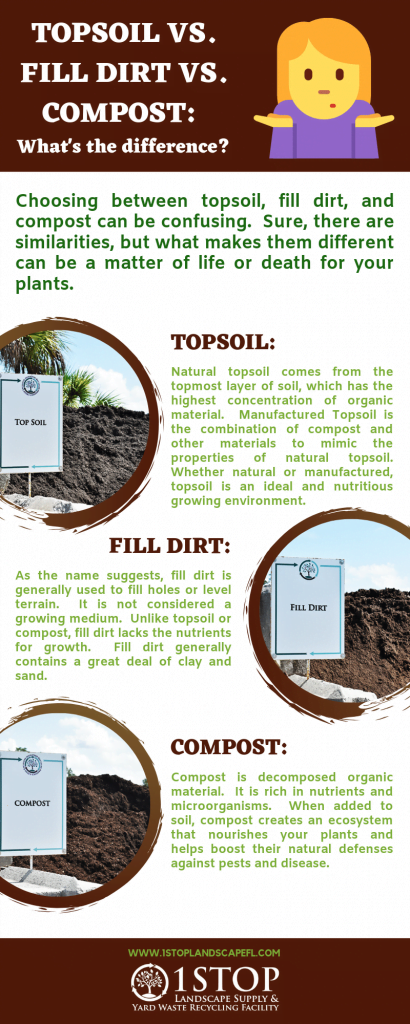
Effect on Soil Microorganisms
Soil microorganisms play a vital role in maintaining soil health and fertility. Composting, whether traditional or on top of soil, can have a positive impact on their abundance and diversity.
Positive Impact
Compost contains a wide range of beneficial microorganisms, including bacteria, fungi, and protozoa. When compost is added to the soil, it introduces these microorganisms, which help break down organic matter, release nutrients, and suppress harmful pathogens. As the composting materials gradually decompose on top of the soil, they create a rich habitat for these microorganisms, promoting their growth and activity.
Increased Biodiversity
Composting on top of soil can contribute to increased biodiversity within the soil ecosystem. The diverse organic materials in the compost provide a food source for different types of microorganisms, leading to a more balanced and robust soil microbiome. This, in turn, enhances nutrient cycling and improves overall soil health and fertility.
Management of Organic Waste
Composting on top of soil offers additional environmental benefits beyond improving soil health, primarily by effectively managing organic waste.
Diverting Waste from Landfills
One of the primary advantages of composting is diverting organic waste from landfills. By composting kitchen scraps, yard trimmings, and other organic materials instead of throwing them away, gardeners can significantly reduce the amount of waste that ends up in landfills. This not only helps in waste reduction but also prevents the release of harmful greenhouse gases, such as methane, which contributes to climate change.
Reducing Greenhouse Gas Emissions
When organic waste decomposes in landfills without oxygen, it produces methane, a potent greenhouse gas. By composting organic waste on top of soil, gardeners provide an oxygen-rich environment for the decomposition process, minimizing methane emissions. This sustainable waste management practice helps mitigate climate change while simultaneously fostering healthy soil.
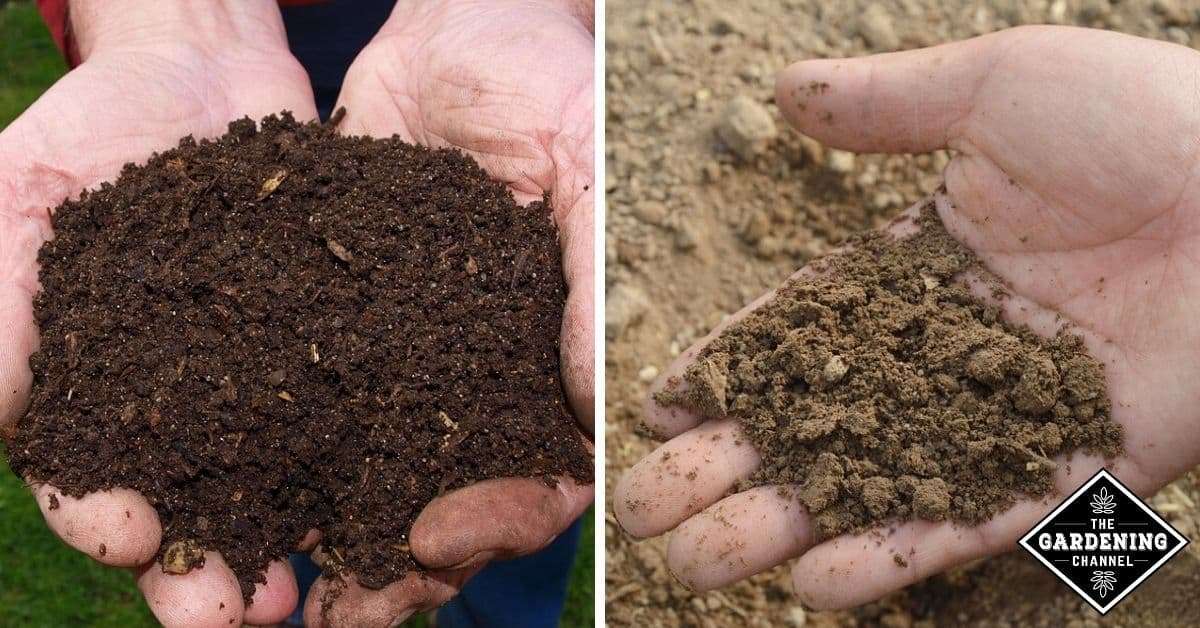
Composting vs. Tilling
One common question among gardeners is whether composting on top of soil is a suitable alternative to traditional tilling methods. Let’s compare the effects on soil health and evaluate sustainability considerations.
Comparison of Effects on Soil Health
Traditional tilling or deep soil disturbance can temporarily increase soil aeration and nutrient availability. However, repeated tilling can also disrupt the soil structure, leading to compaction, erosion, and reduced nutrient-holding capacity. In contrast, composting on top of soil promotes healthy soil structure and enhances its long-term fertility. The gradual breakdown of organic matter enriches the soil composition, supports the growth of beneficial microorganisms, and improves overall soil health.
Sustainability Considerations
Composting on top of soil aligns well with sustainable gardening practices. It reduces the need for excessive water, energy, and labor associated with traditional tilling methods. Additionally, top composting encourages the development of an ecosystem that closely resembles natural soil processes, creating a harmonious balance between plant roots, microorganisms, and soil structure. By embracing this sustainable approach, gardeners can minimize their environmental impact while reaping the benefits of healthy, productive gardens.
Precautions and Guidelines
While composting on top of soil offers numerous advantages, there are some precautions and guidelines to consider to ensure optimal results.
Plant and Crop Selection
Different plants have varying nutrient requirements and preferences for soil composition. Before top composting, it is essential to understand the nutrient needs of the plants in your garden and choose compost with suitable nutrient levels. Some plants may benefit from compost with higher nitrogen content, while others may require more phosphorus or potassium. Performing a soil test and consulting with local gardening experts can help determine the nutrient requirements of specific plants.
Proper Application Techniques
To achieve the best results with top composting, it is crucial to apply compost correctly. Start by removing any debris or large clumps from the soil surface. Then, spread a layer of compost approximately half an inch to two inches thick over the desired area. Avoid piling the compost too close to plant stems, as it can lead to stem rot or other diseases. Finally, gently incorporate the compost into the top few inches of soil using a rake or hand tools.
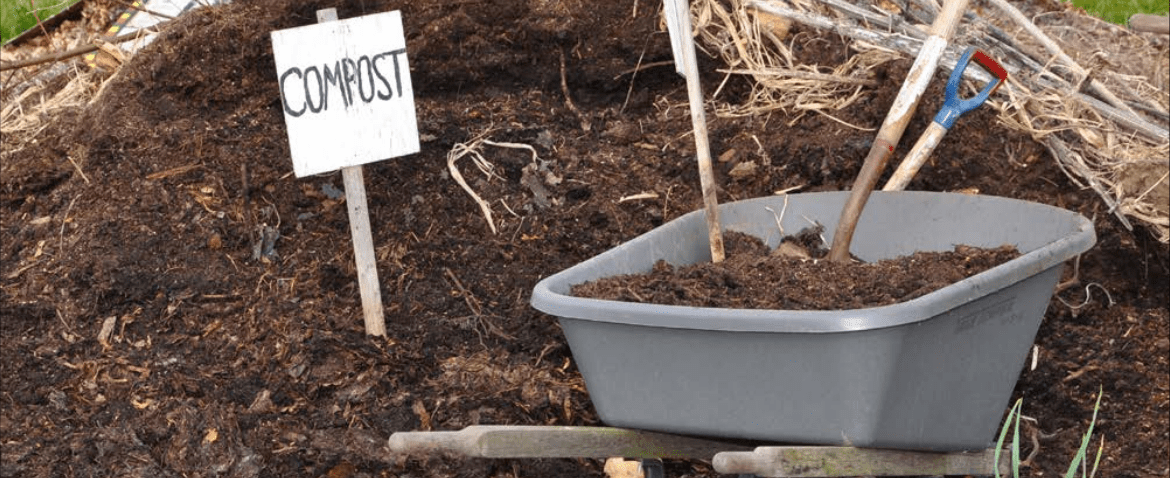
Composting on Different Soil Types
The effectiveness of top composting can vary depending on the soil type. Here, we will look at its effectiveness on sandy soil and the benefits it brings to clay soil.
Effectiveness on Sandy Soil
Sandy soil has a loose texture and low water-holding capacity. Composting on top of sandy soil can significantly improve its fertility and water retention ability. The organic matter in the compost acts as a sponge, holding moisture and preventing it from draining away too quickly. Additionally, compost helps bind sandy soil particles together, enhancing soil structure and reducing erosion. With regular top composting, sandy soil can become more fertile, allowing for healthier plant growth.
Benefits for Clay Soil
Clay soil is composed of tiny particles that tightly pack together, resulting in poor drainage and limited oxygen availability for plant roots. Top composting can help break down the compacted clay particles and improve soil structure. The addition of compost to clay soil enhances its porosity and aeration, allowing water to infiltrate more easily and excess moisture to drain away. The compost also provides a source of organic matter and nutrients, which clay soil often lacks. Over time, top composting can transform clay soil into a more welcoming environment for plants.
Common Misconceptions
As with any gardening technique, composting on top of soil has its fair share of misconceptions. Let’s address a couple of common ones to ensure a clear understanding of the practice.
Potential Issues with Weed Growth
One concern often raised is that top composting may promote weed growth. While it is true that compost can contain weed seeds, proper composting processes, such as thermophilic composting or vermicomposting, can help eliminate weed seeds. Additionally, when applying compost on top of soil, its layer creates a barrier, preventing sunlight from reaching weed seeds and discouraging germination. With regular weeding and thoughtful application, top composting should not significantly contribute to weed proliferation.
Nutrient Leaching Concerns
Another misconception is related to nutrient leaching from compost applied on top of soil. While it is possible for some nutrients to leach out over time, composting on top of soil reduces the risk of nutrient loss compared to traditional methods that involve digging or incorporation. The slower release of nutrients from top composting allows plants to absorb them efficiently, minimizing leaching. Moreover, the addition of compost enhances soil structure, facilitating nutrient retention and reducing the overall risk of nutrient runoff.
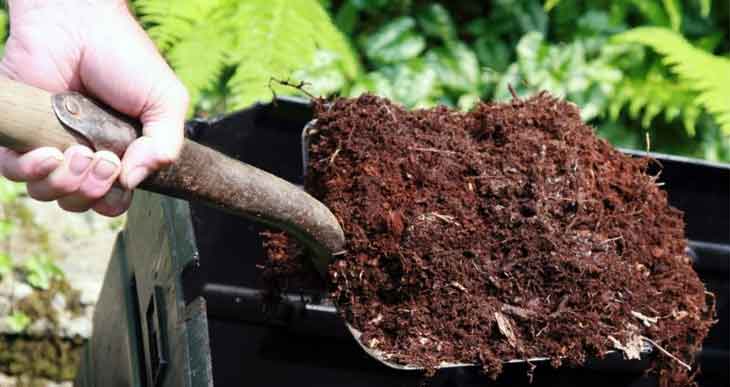
Case Studies and Examples
To underscore the benefits and success of composting on top of soil, let’s explore a couple of case studies and examples.
Successful Composting Initiatives
Various cities and communities around the world have embraced composting on top of soil as part of their sustainable gardening initiatives. For example, Seattle, Washington, implemented a “Food Waste-to-Farm” program, encouraging residents to compost food scraps on top of their soil. The initiative has resulted in improved soil health, reduced waste going to landfills, and increased community engagement. Similar initiatives have been successful in cities like San Francisco, California, and Vancouver, British Columbia.
Innovative Gardening Techniques
Gardeners worldwide have adopted composting on top of soil to improve their gardening outcomes. The “no-dig” gardening approach, made popular by renowned horticulturist Charles Dowding, focuses on layering compost directly on top of the soil, eliminating the need for tilling or digging. Dowding’s innovative techniques have demonstrated increased crop yields, healthier plants, and reduced weed pressure. These successes highlight the effectiveness of top composting in various real-world gardening scenarios.
Composting for Urban Gardening
Amidst urbanization and limited gardening space, composting on top of soil offers unique advantages for urban gardeners.
Utilizing Limited Space
Urban gardeners often face space constraints, making traditional composting methods challenging to implement. Composting on top of soil provides a viable solution, as it requires minimal space and equipment. Even small balconies or rooftop gardens can benefit from this practice. By utilizing the available space effectively, urban gardeners can enjoy the benefits of composting and nurture their plants in a sustainable manner.
Community Gardens Benefits
Community gardens play a vital role in fostering a sense of community, promoting sustainable practices, and improving access to fresh, healthy produce. Composting on top of soil in community gardens allows for easy implementation of composting programs, as it requires less space and equipment compared to traditional composting methods. By collectively embracing top composting, community gardeners can create a sustainable and productive ecosystem, providing abundant harvests for all participants.
Conclusion
Composting on top of soil emerges as a viable and beneficial practice for gardeners seeking sustainable solutions. By carefully layering compost materials on the soil surface, gardeners can improve soil quality, increase nutrient availability, and enhance water retention. This method simplifies gardening while supporting the growth of beneficial microorganisms and reducing environmental impact. Whether in urban or rural settings, composting on top of soil offers a natural and effective way to enrich gardens, foster thriving plant growth, and contribute to a healthier planet. So, grab your compost materials, spread them on top of your soil, and enjoy the abundance that comes with this innovative approach to gardening. Happy gardening!
Keywords: compost, composting, top composting, sheet composting, gardening, soil health, nutrient availability, water retention, organic waste, sustainable, microorganisms, soil types, urban gardening, community gardens.

